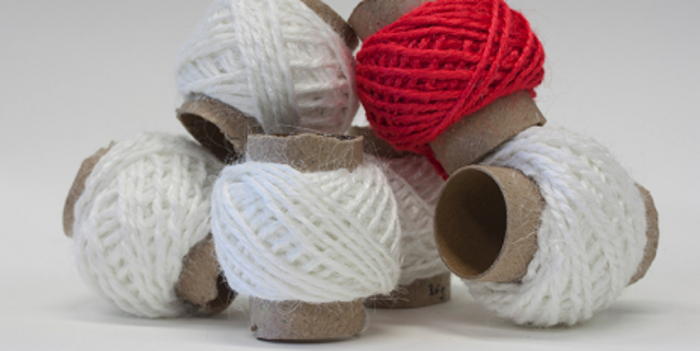
Researchers at the Functional Materials Laboratory at ETH University in Zurich, Switzerland have developed a new way of creating fibres from slaughterhouse waste. Their fibres are high quality, have an attractive lustre in comparison to natural wool, and provide excellent insulation.
According to ETH’s researchers, close to 70 million tonnes of fibres are traded worldwide, with man-made fibres from petroleum or natural gas accounting for nearly two-thirds of the total. Natural fibres such as cotton and wool are losing ground against synthetic ones, despite their superior environmental friendliness.
A patent for fibres made from gelatine was actually first filed in 1894, but the emergence of synthetic fibres drove biological protein fibres from the market. Now, however, natural fibres and more holistic methods of design are going through a renaissance. High-performance sportswear is now being made out of merino wool, and Dutch Designer Hella Jongerius used wool from slaughterhouses in the textiles for her redesign of the KLM World Business Class.
Philipp Stössel, a PhD student in the Functional Materials Laboratory at ETH, has now developed a new method of obtaining high-quality fibres from gelatine. Along with his professor, Wendelin Stark, Stössel has been able to spin the fibres into yarn. Gelatine’s chief component is collagen and large amounts of collagen are found in the skin, bone and tendon waste at slaughterhouses. This slaughterhouse collagen can be easily converted into gelatine.
The gelatine rendered from the skin, bones and tendons is heated to create protein precipitation. The precipitants are coated with ethanol to harden them, spun into yarn, treated with a resin to bond the fibres together, and impregnanted with a natural wool lanonlin to keep them supple.
Stössel knitted a glove from the yarns he made from the gelatine and noticed that the gelatine fibres were smoother than natural wool fibres, giving the gelatine fibres an attractive sheen. The fibres were also full of tiny hollows, which lend them the ability to insulate well. The only advantage the natural sheep’s wool fibre has is its water-resistance, but Stössel is working on ways to improving this.






